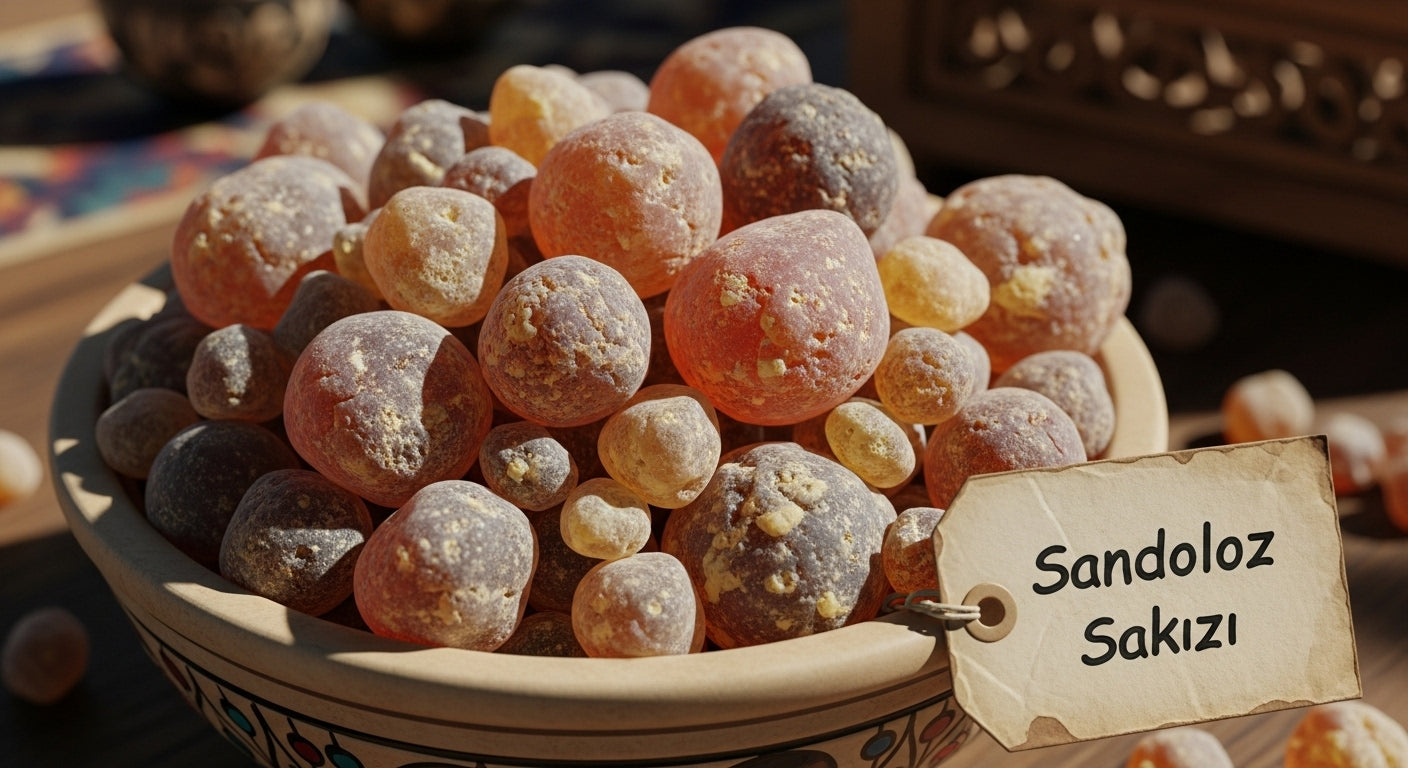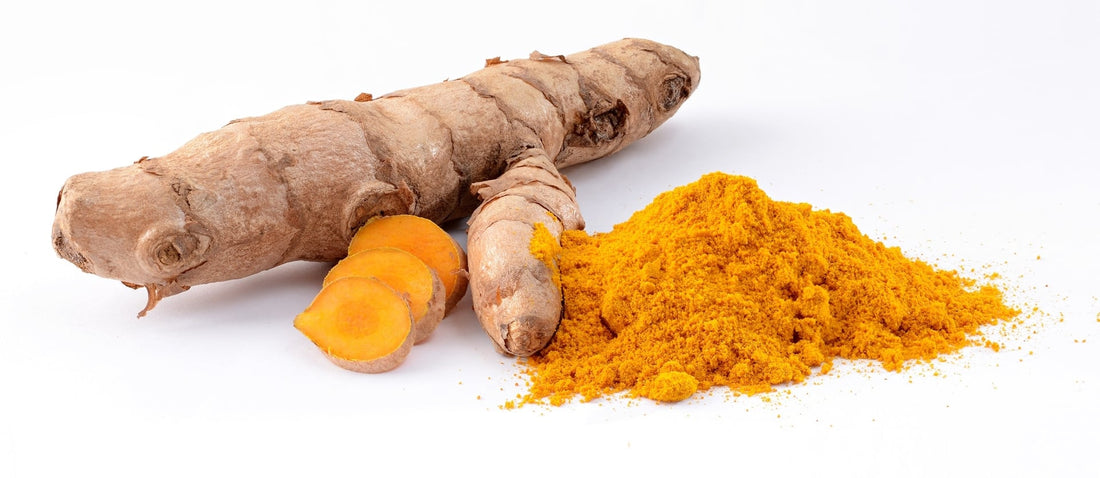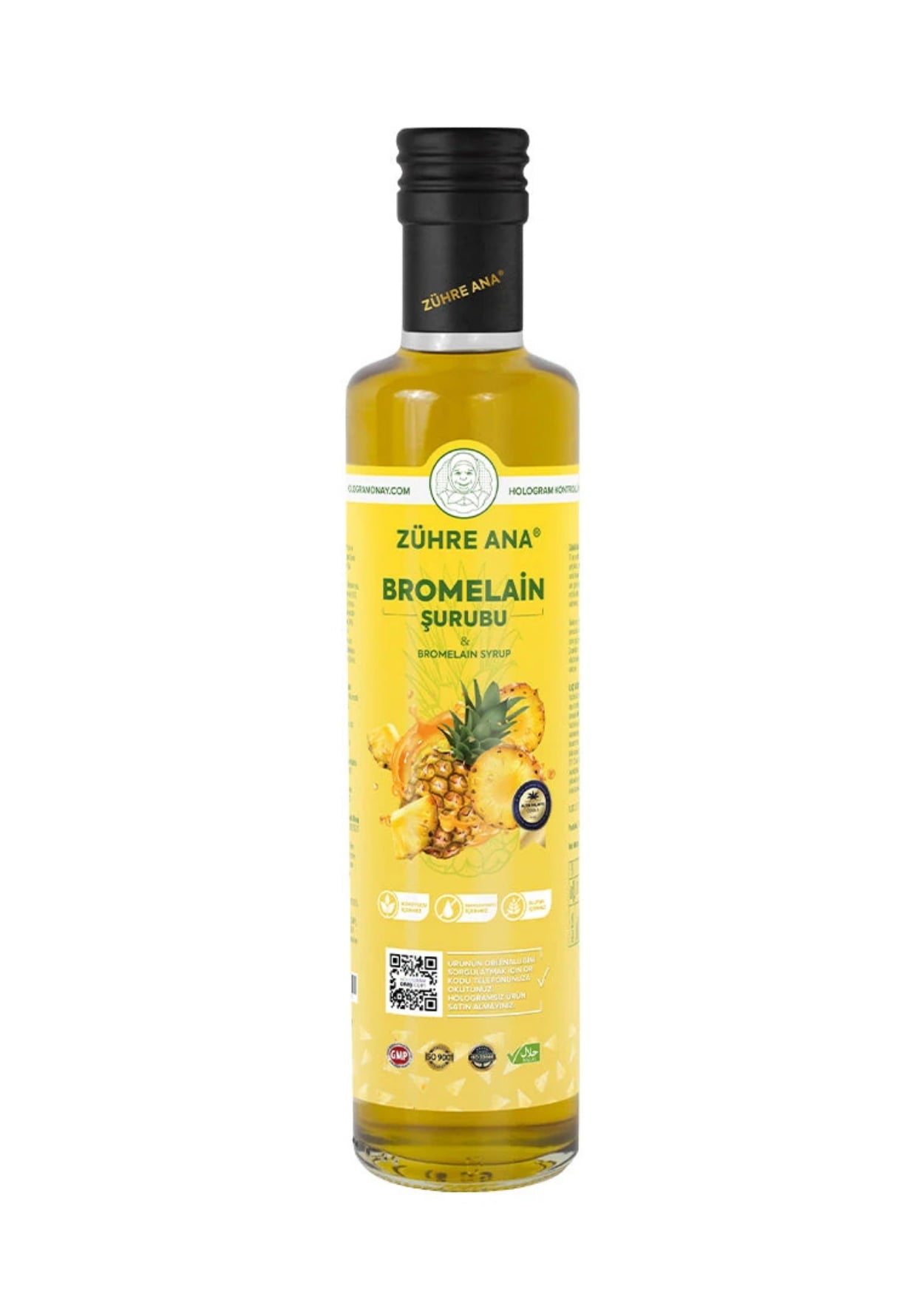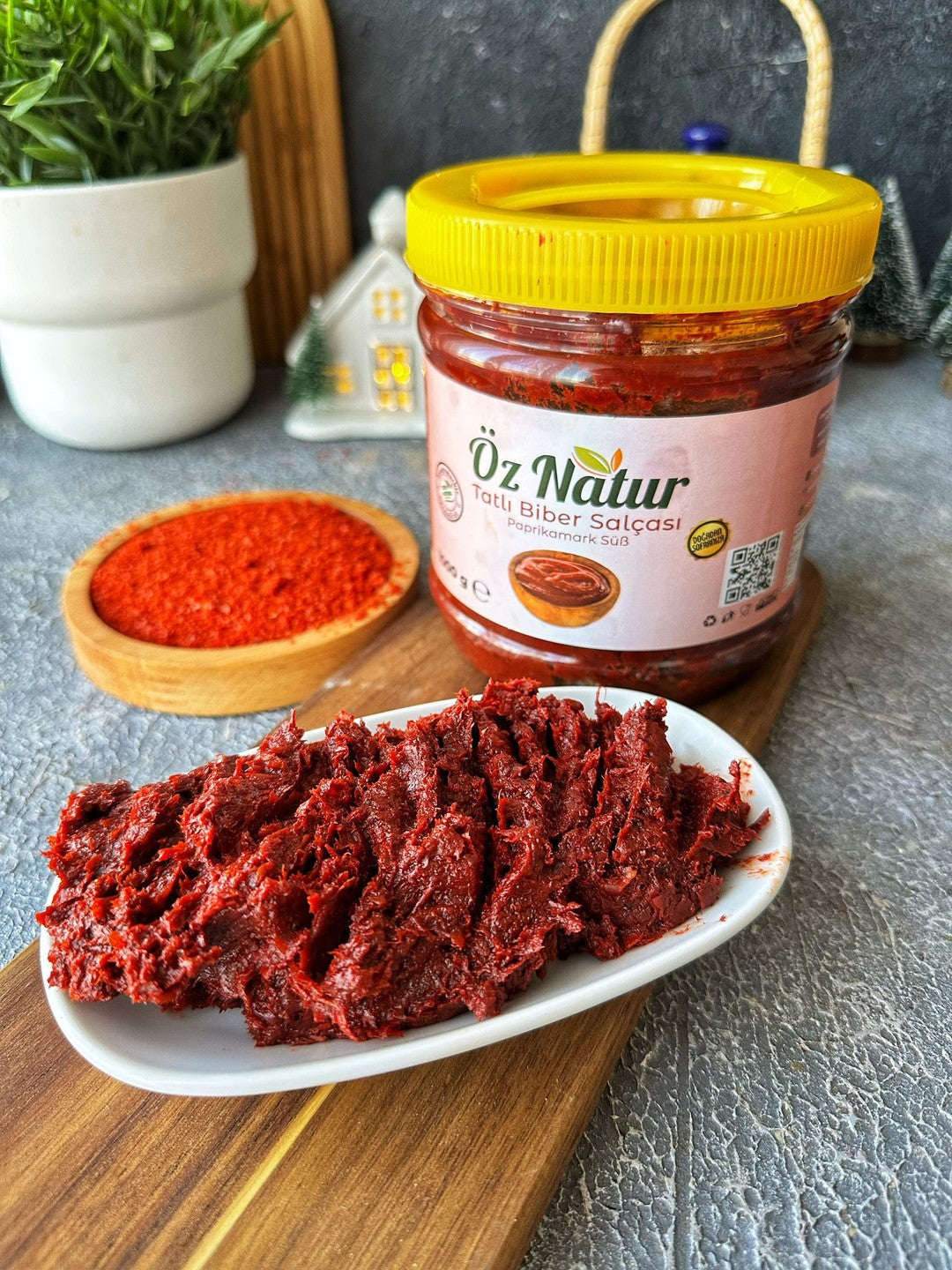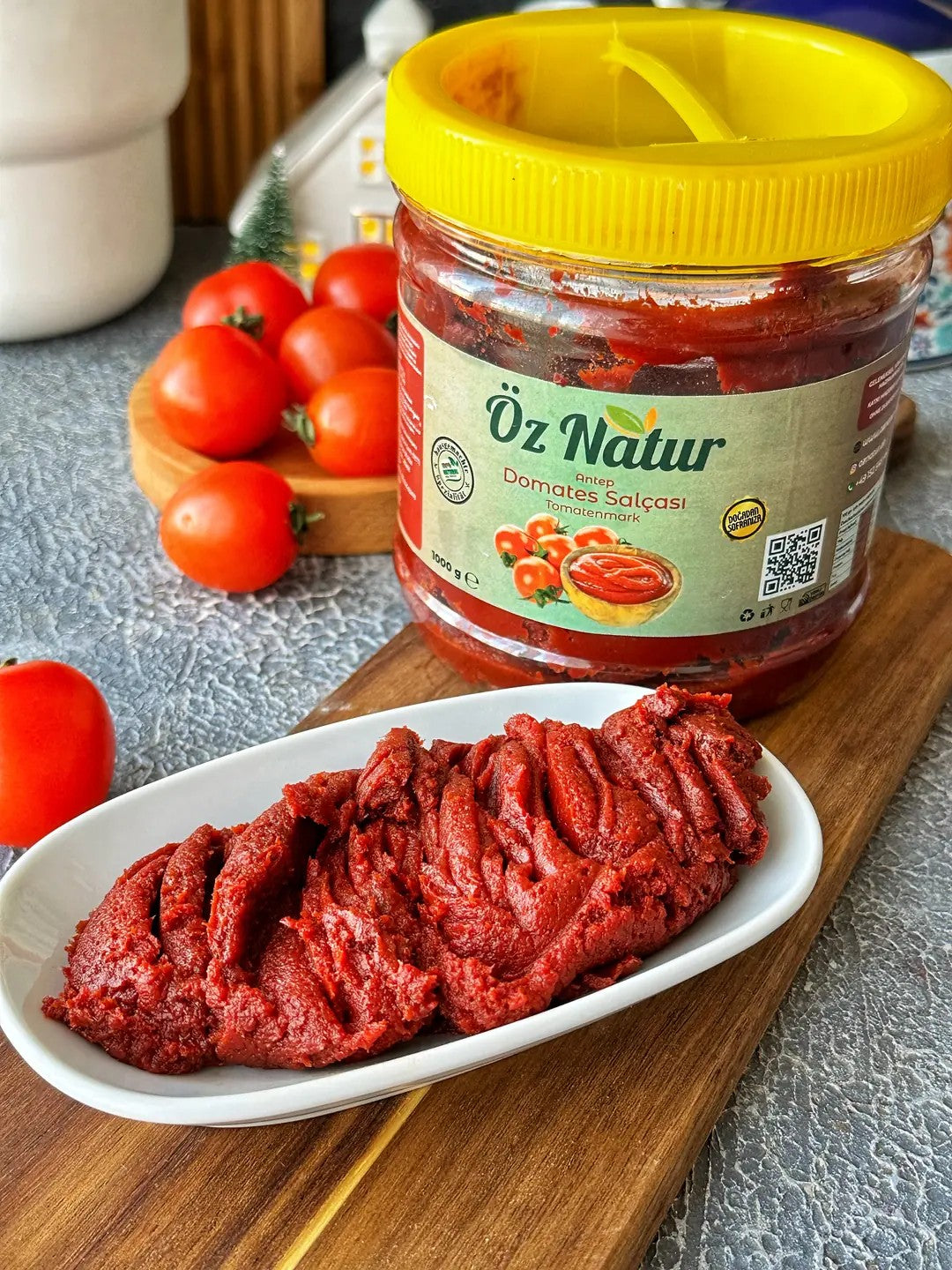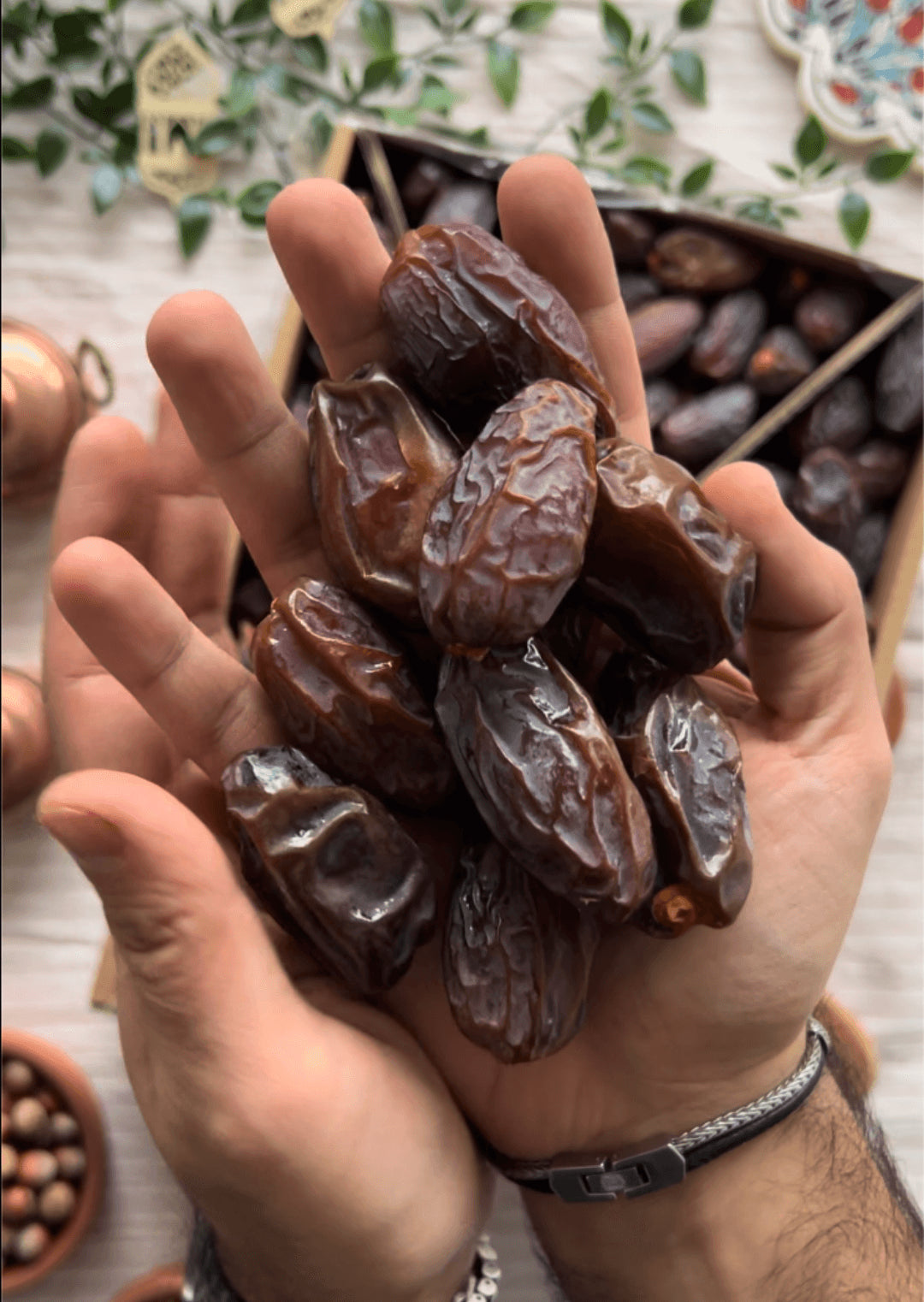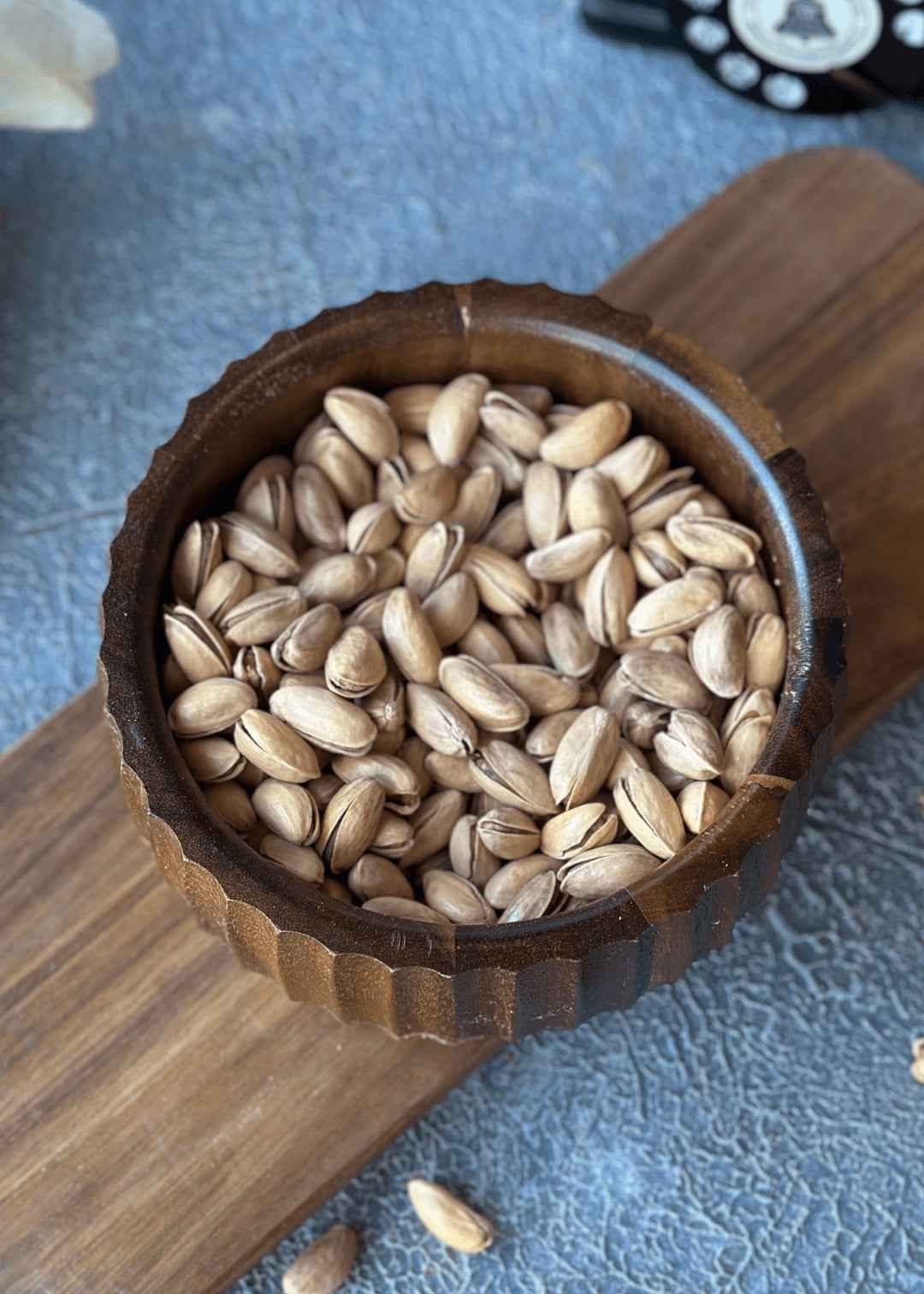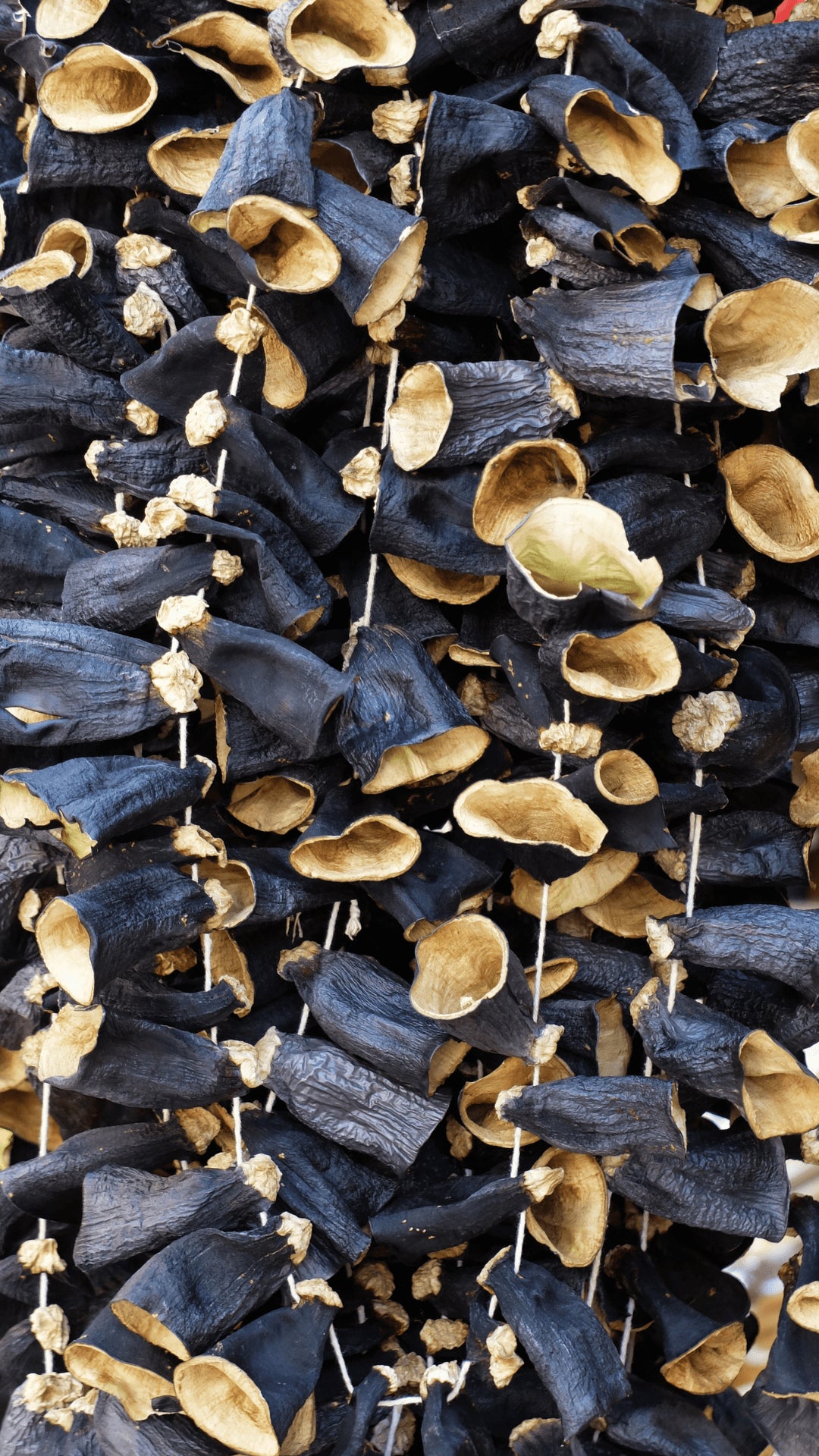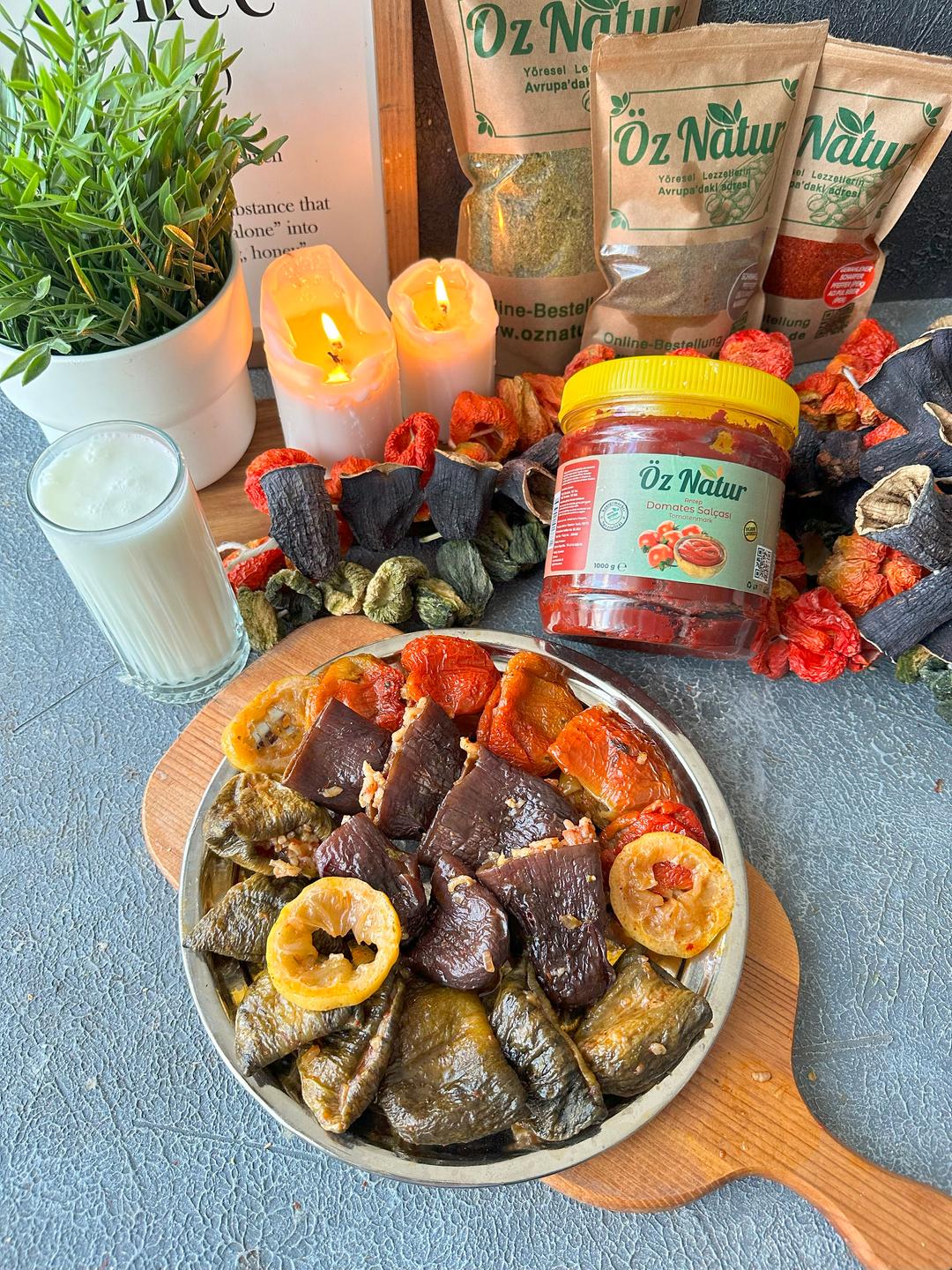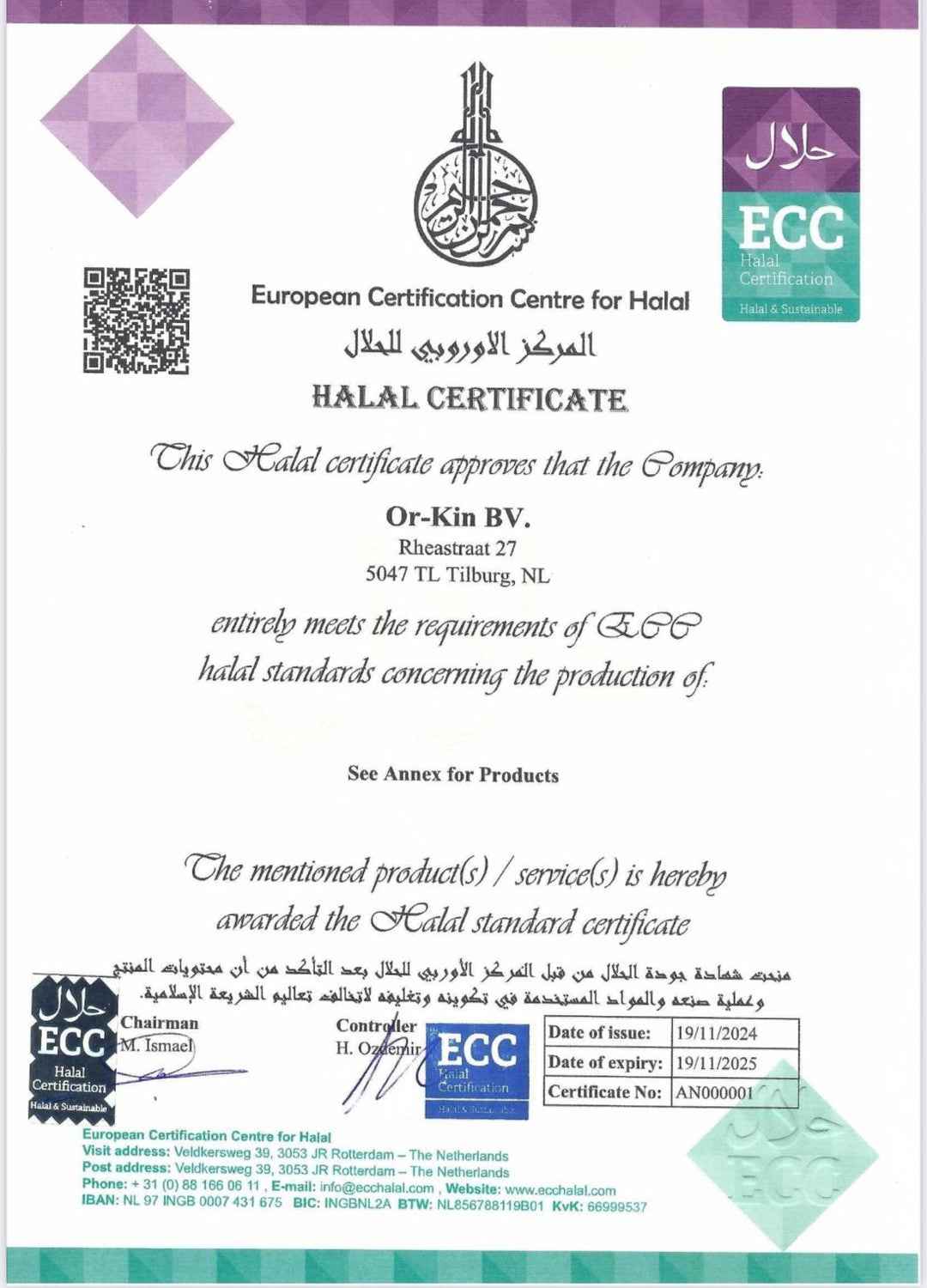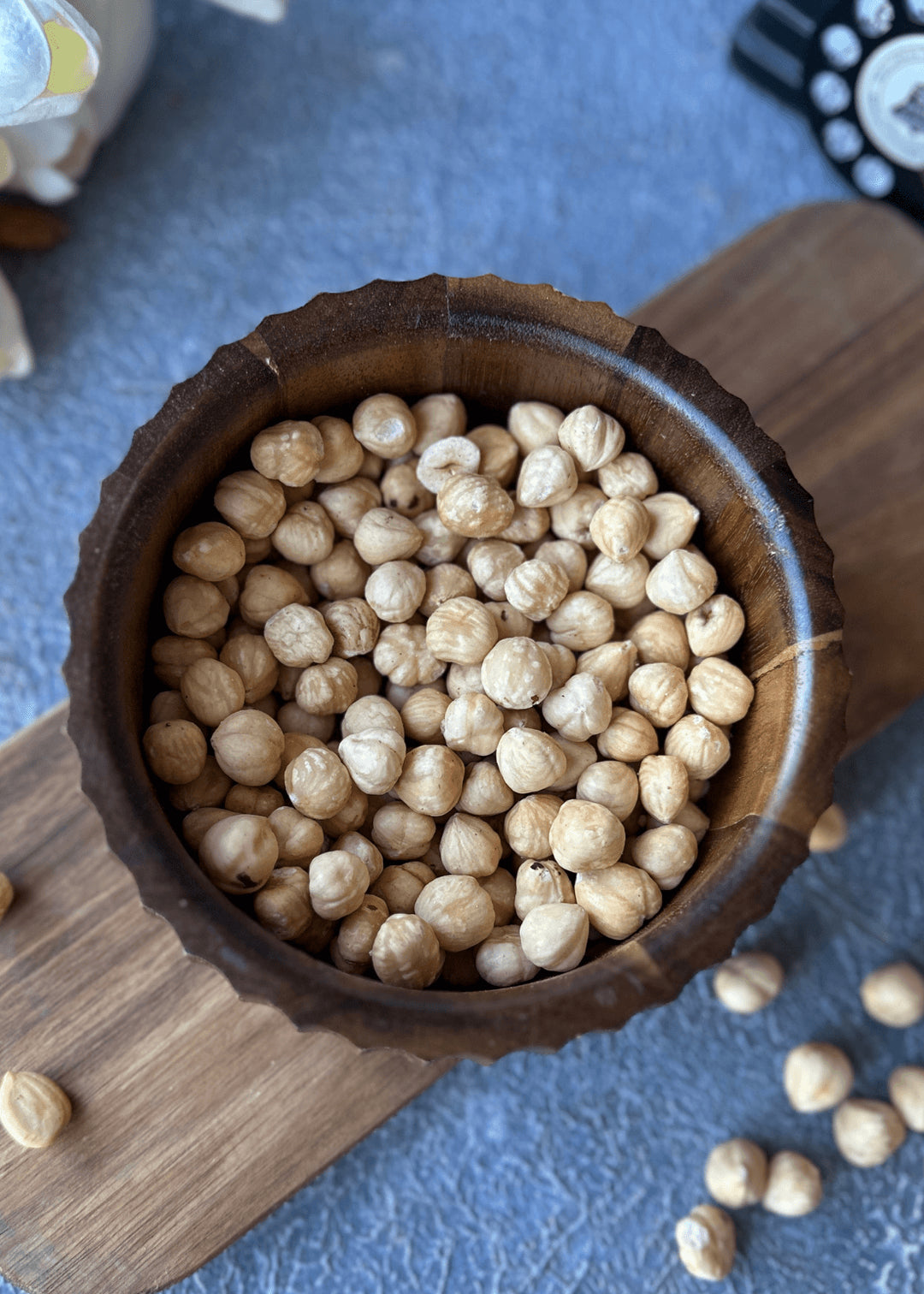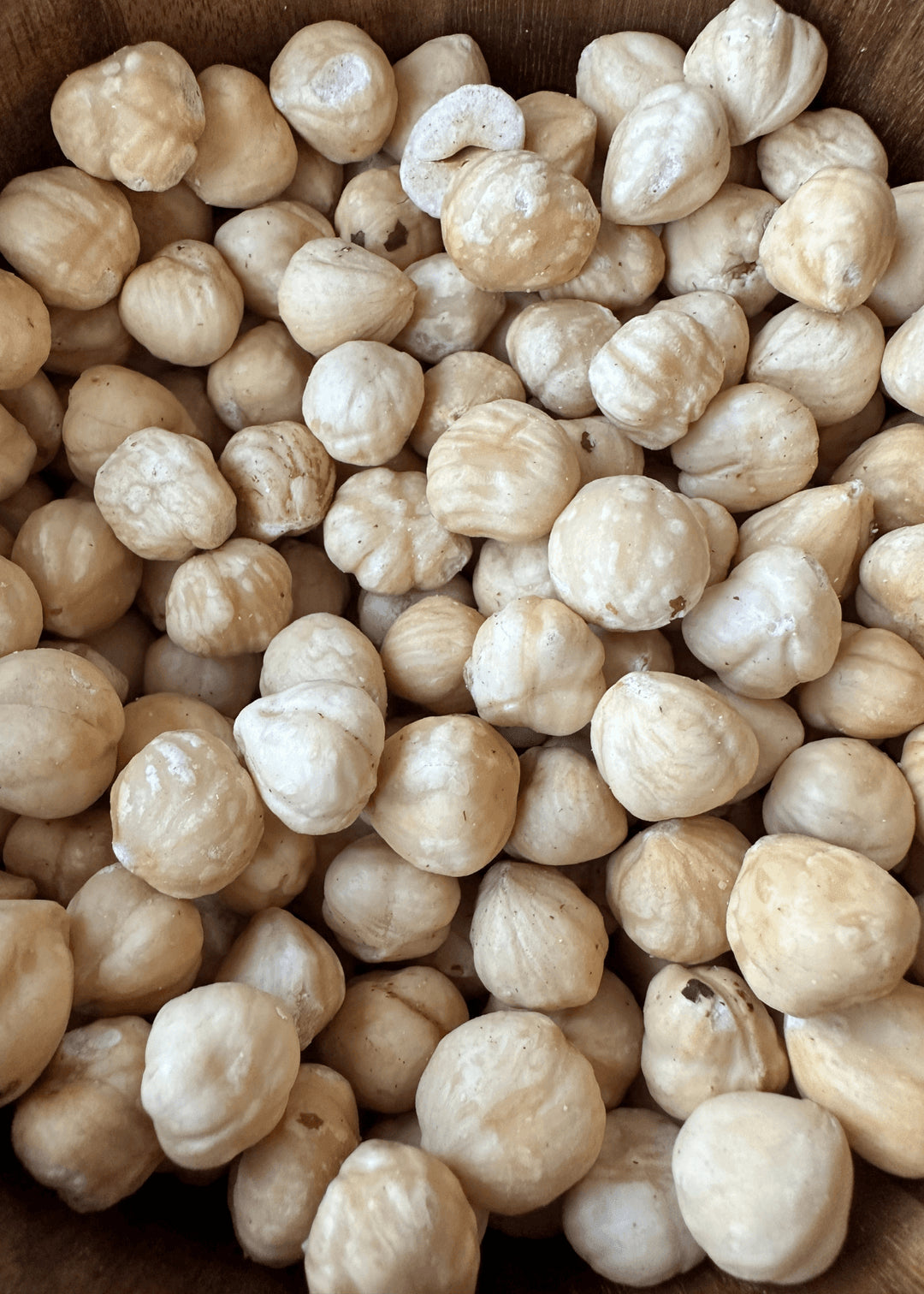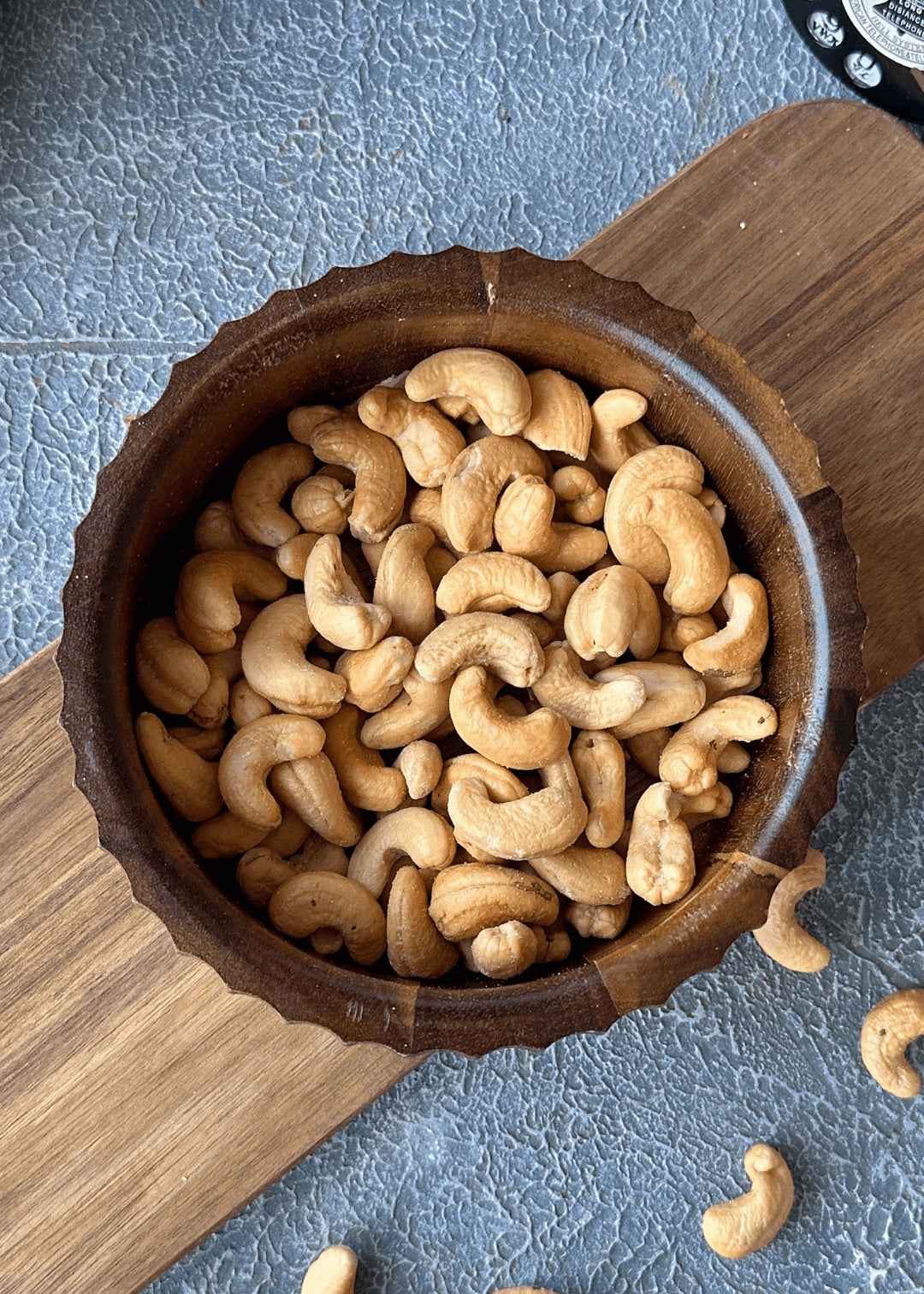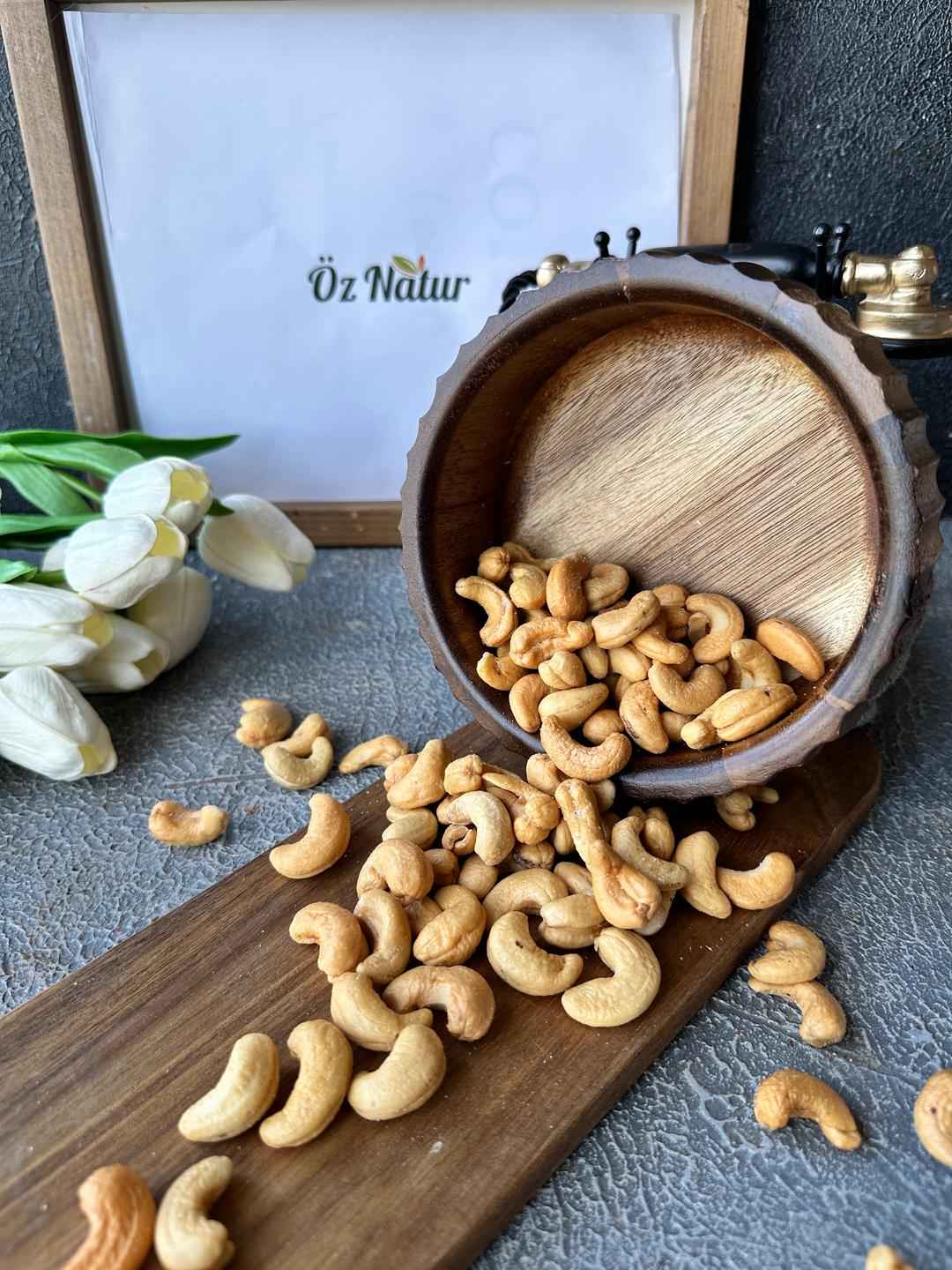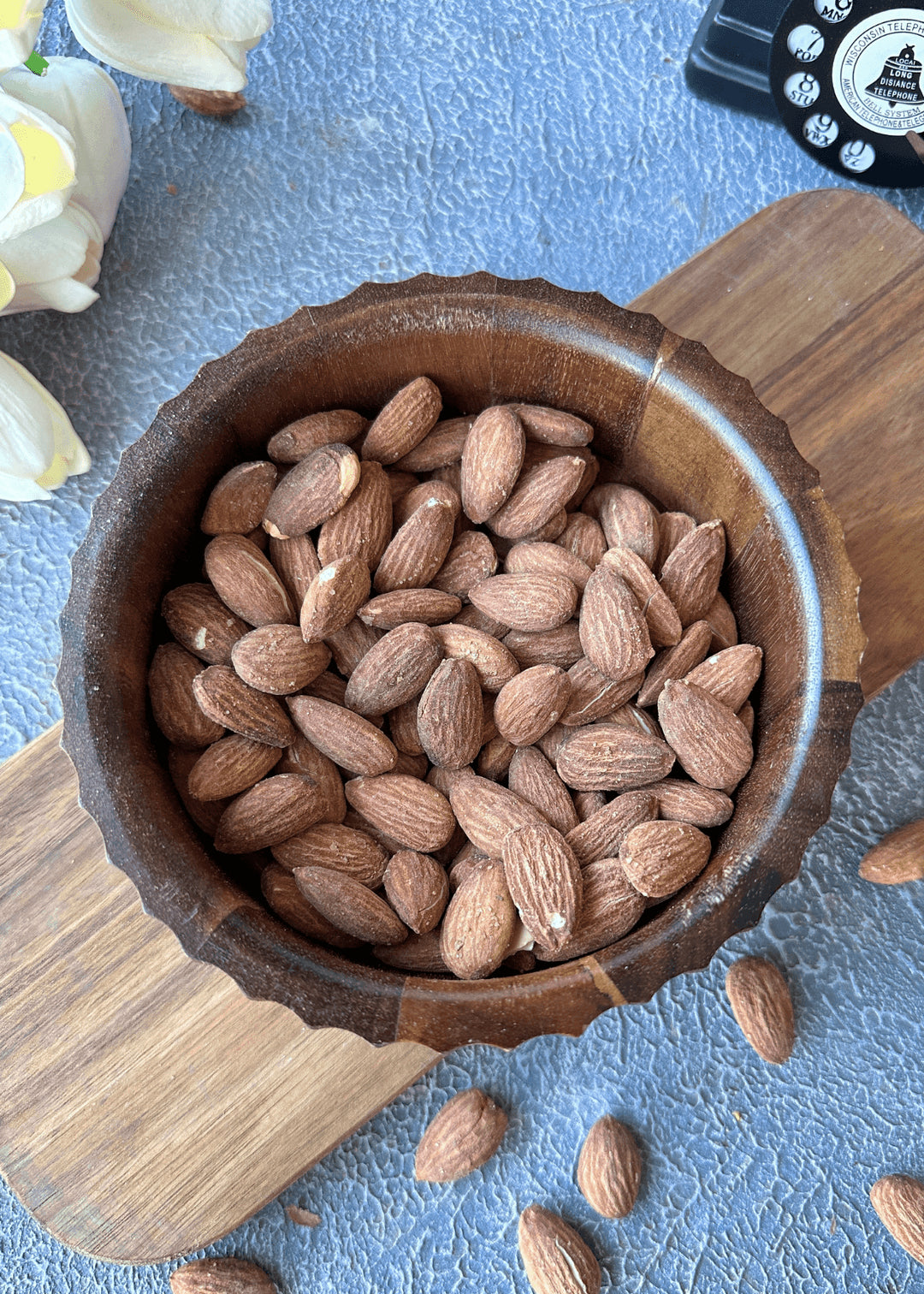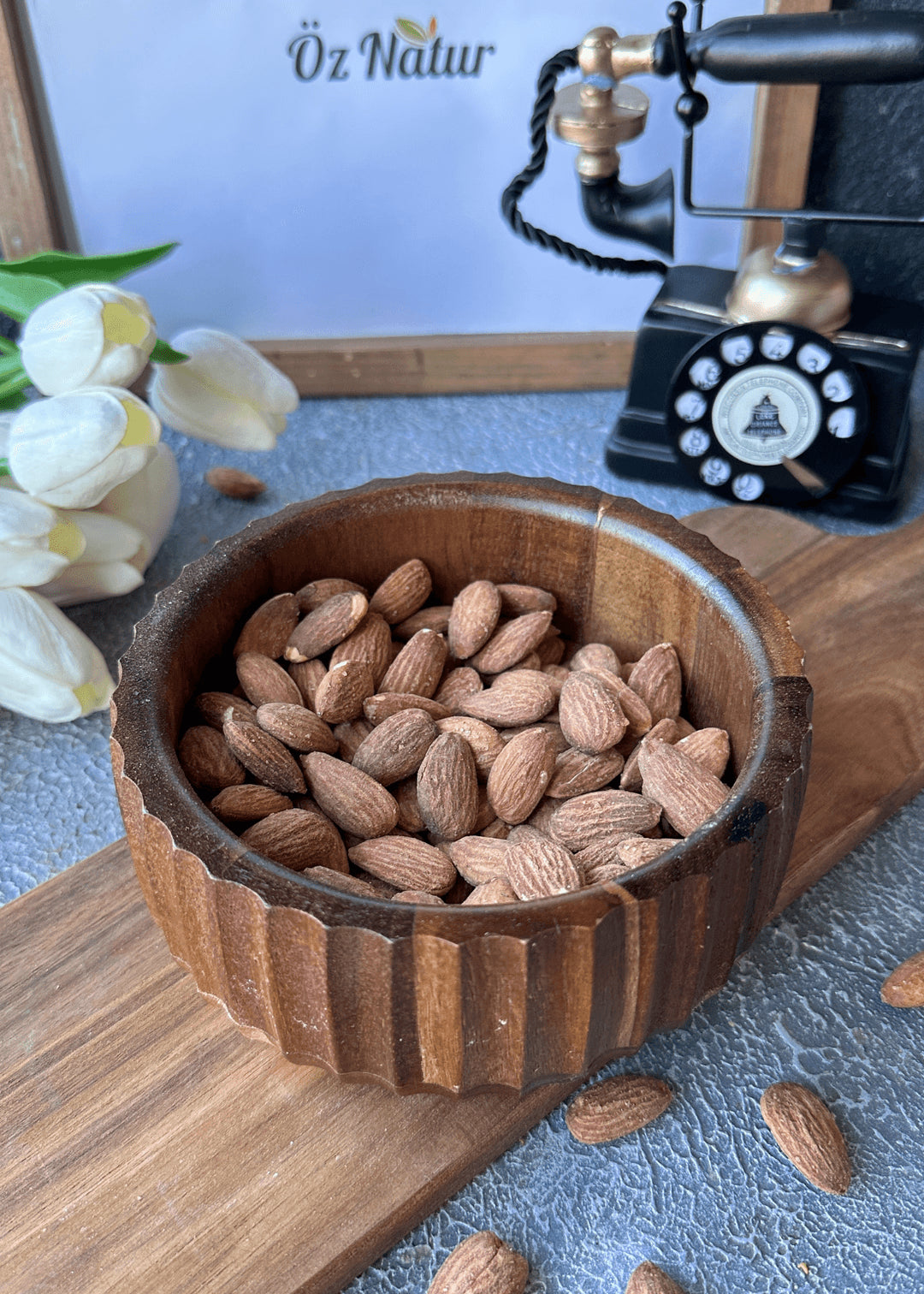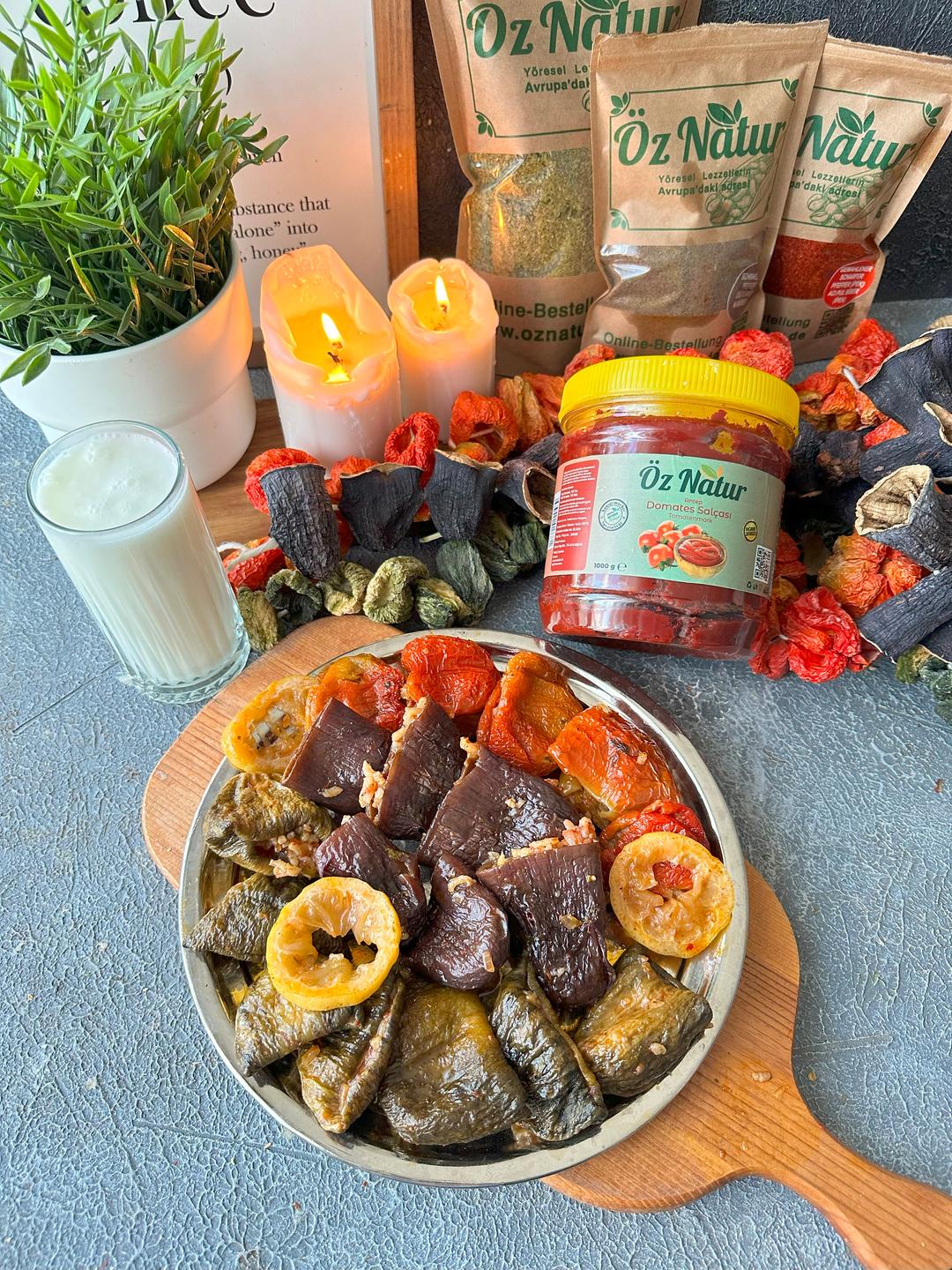Sandarac, also known as Sandoloz resin, is a natural gum resin traditionally used in various cultures for its aromatic and preservative properties. This unique substance is valued in both spiritual practices and traditional herbal applications. Although not as widely known today, it remains a niche component in incense blends, natural perfumes, and artisan formulations, particularly in North African and Mediterranean regions.
From Which Tree Is Sandarac Obtained?
Sandarac is harvested from the Tetraclinis articulata tree, commonly referred to as the Sandarac tree. Native to North Africa—especially Morocco and Algeria—this tree produces resin either through natural exudation or via small incisions in the bark. The resin hardens upon exposure to air and forms brittle, transparent yellowish crystals. Sustainable harvesting techniques are essential to protect the longevity of the trees and the ecosystem in which they grow.
Historical and Cultural Significance of Sandarac
Historically, Sandarac has held cultural importance across civilizations. Ancient Egyptians, Greeks, and Romans used it in rituals and embalming. During the Islamic Golden Age, it was employed for spiritual cleansing and medicinal mixtures. In the Ottoman period, it found its way into palace rituals and healing practices. The resin was also a valued trade good along caravan routes connecting North Africa to the Middle East and Europe.
Aroma and Composition of Sandarac
Sandarac emits a gentle, sweet, and woody aroma when burned. Chemically, it contains a mix of diterpenes and other resin acids, contributing to its light antiseptic and soothing qualities. Unlike harsher resins, its mild scent makes it ideal for blending with other aromatics or for individuals sensitive to strong fragrances. It is often used in low-temperature incense or traditional burners to gently fill a space with fragrance.
Traditional Blends Made with Sandarac
Traditional blends often combine Sandarac with other resins such as frankincense, myrrh, and benzoin. These mixtures are used in spiritual rituals, home cleansing, and even during meditation. In some North African cultures, Sandarac is added to resin-based formulas believed to ward off bad energy or bring peace into the home. These combinations are usually passed down through generations and remain part of oral traditions.
Modern-Day Uses of Sandarac
Today, Sandarac is found in niche applications. It is used in natural perfumery for its fixative properties and in incense blends for its clean-burning aroma. Artisans use it in making handmade soaps and herbal body care products. In some cases, it is also included in natural oral care or chewed in small quantities. While not mainstream, interest in natural, botanical ingredients has brought Sandarac back into certain markets, particularly among those who value traditional craftsmanship and clean-label products.


